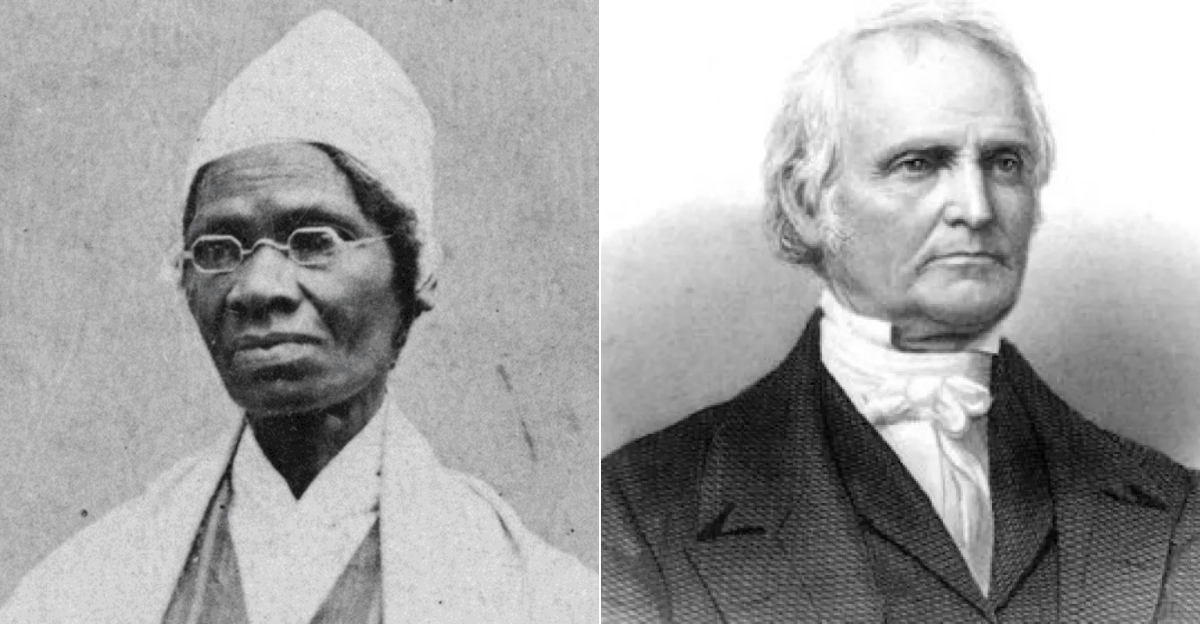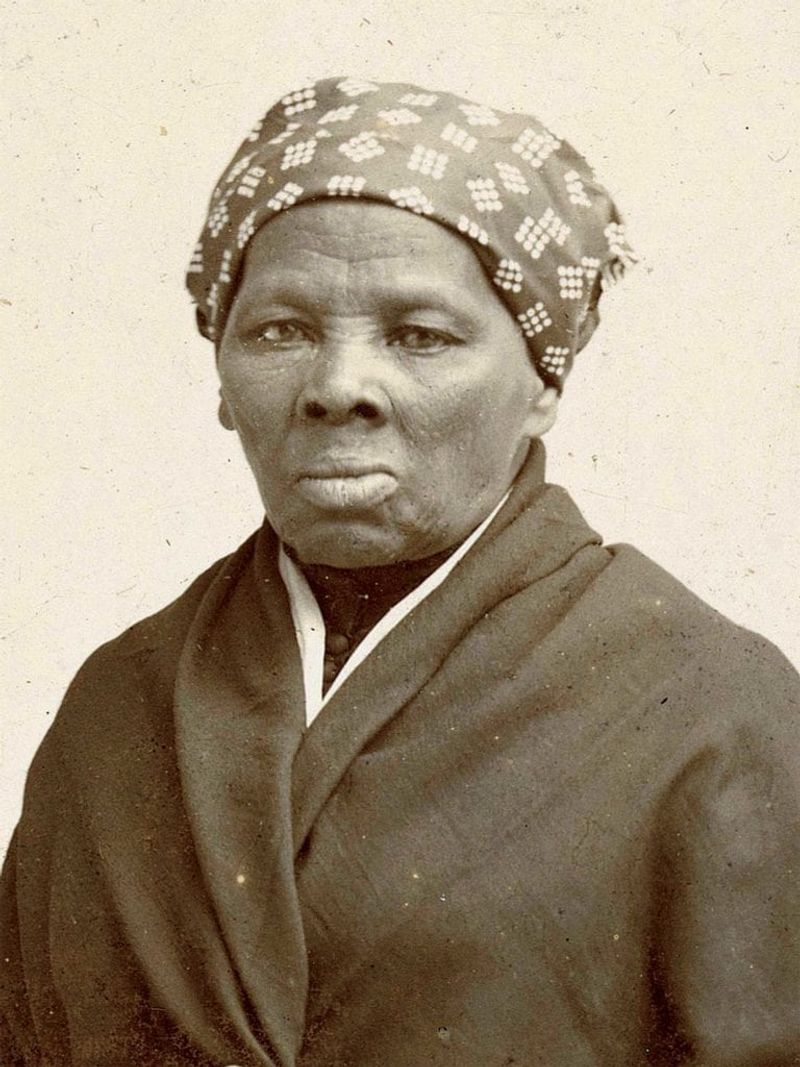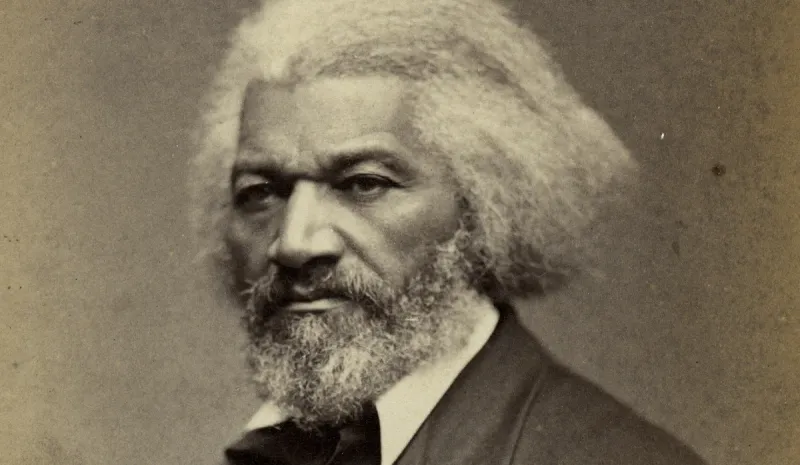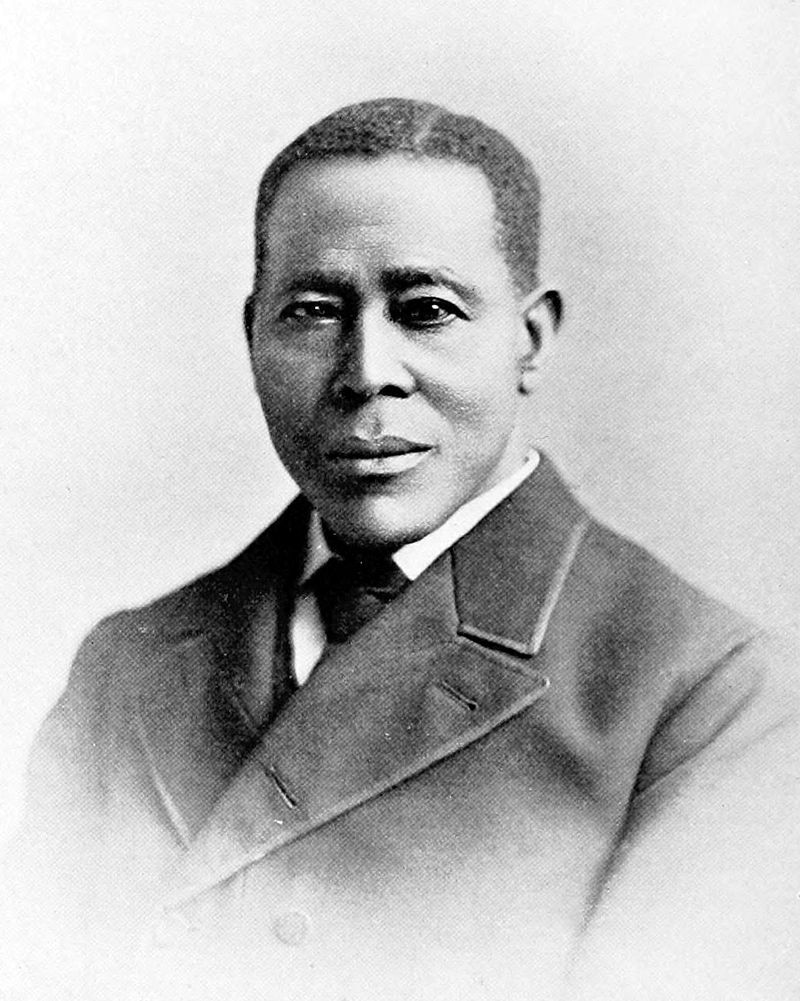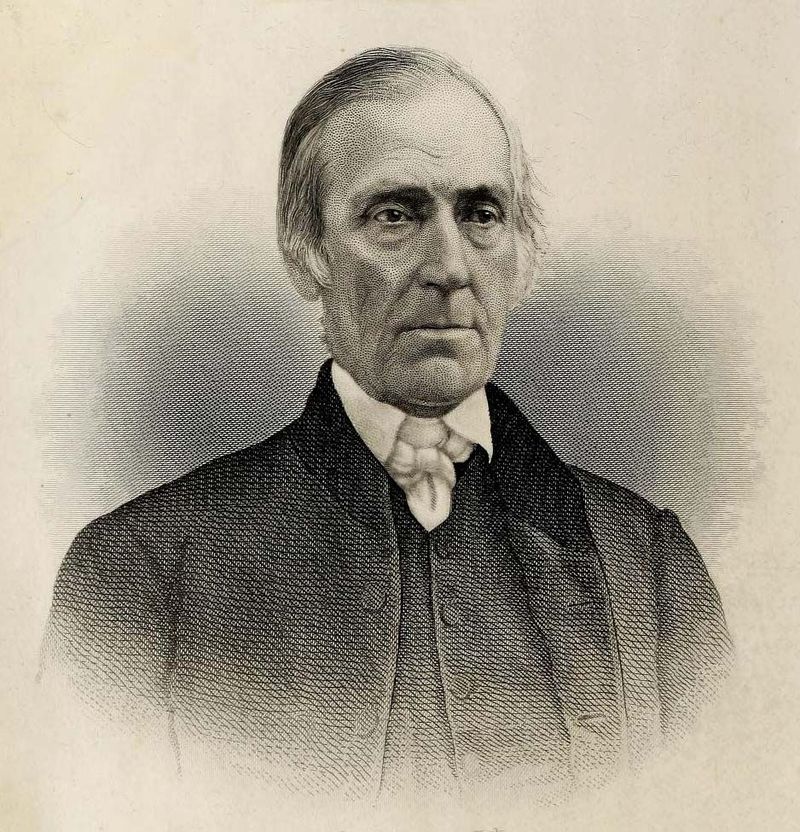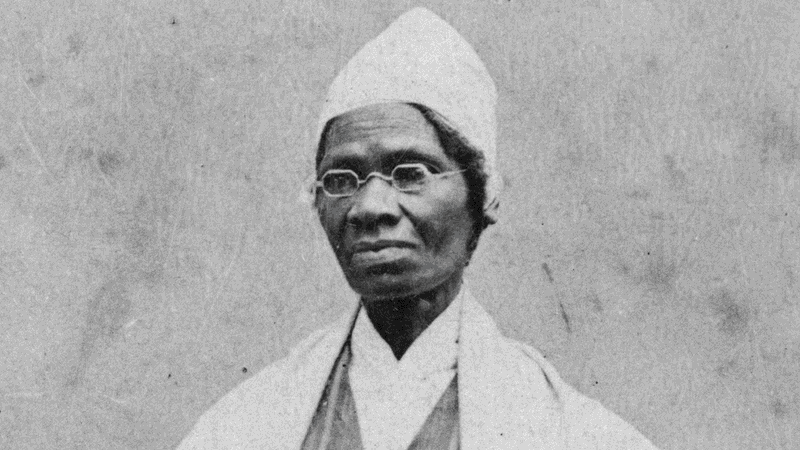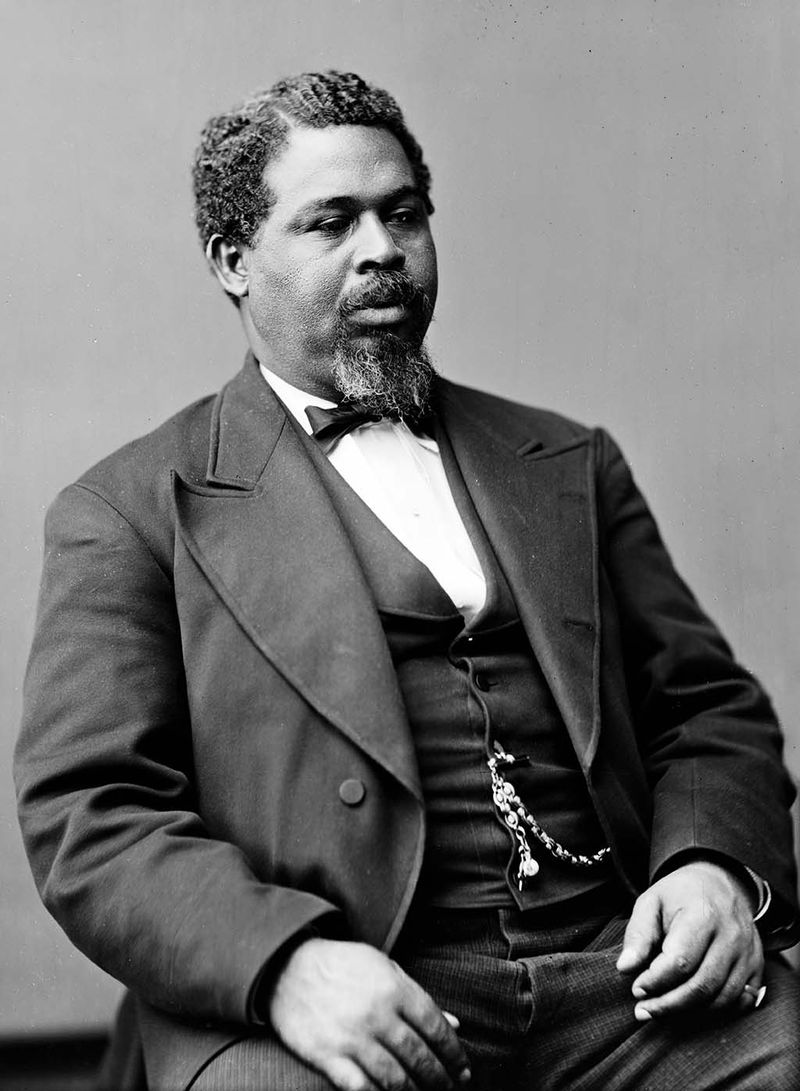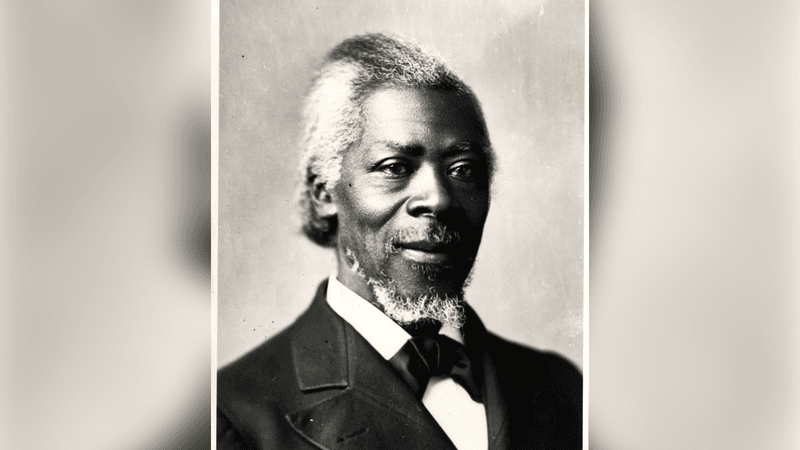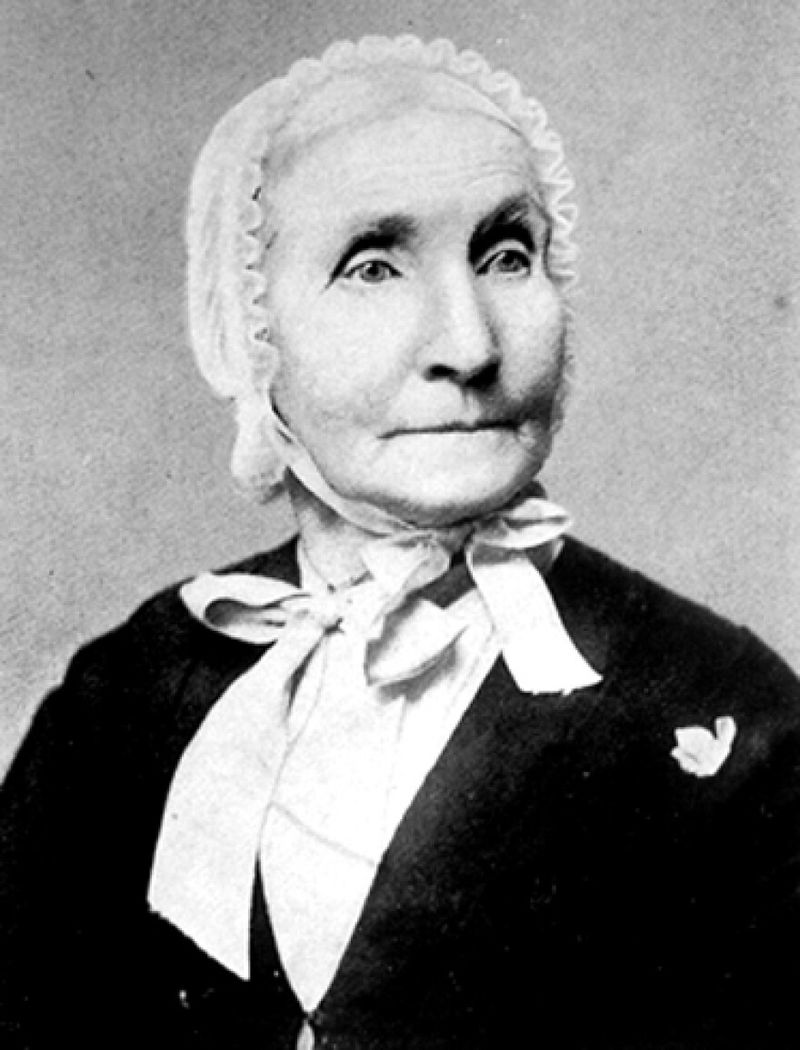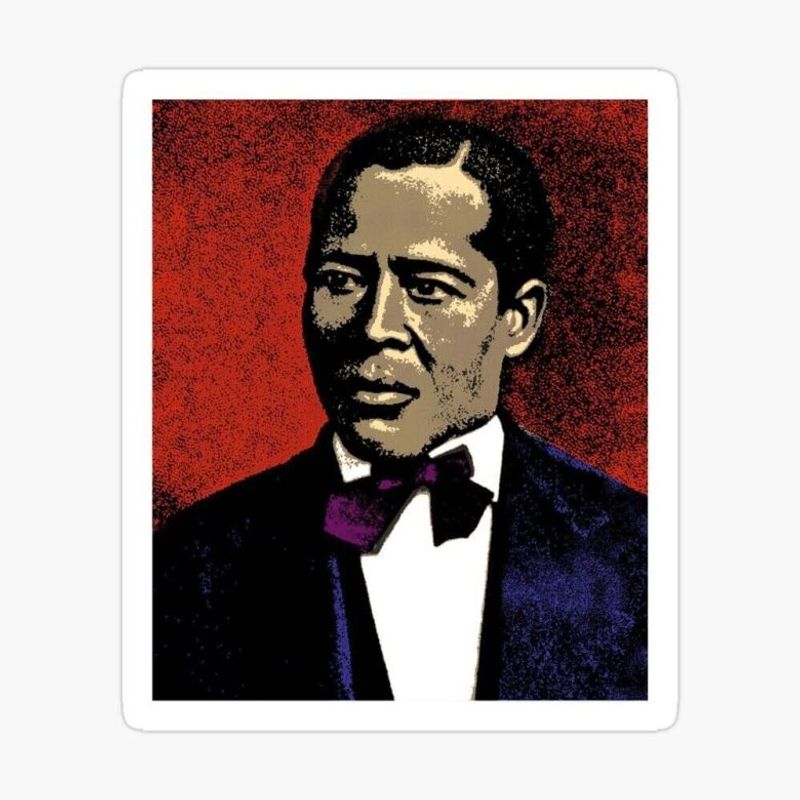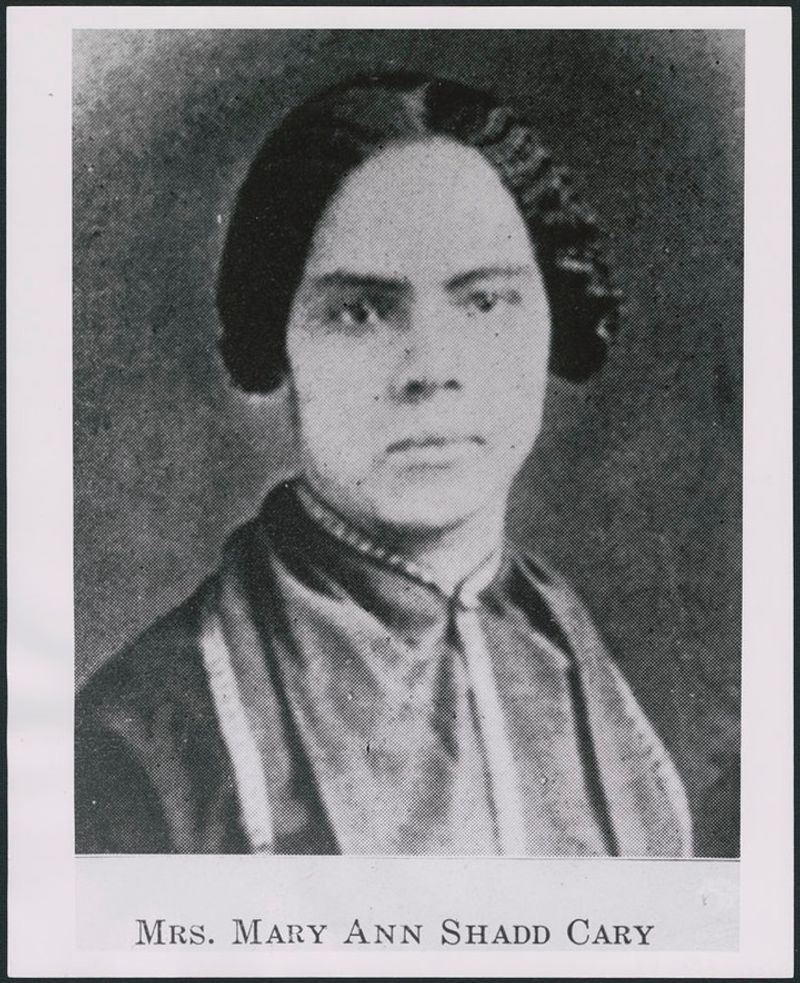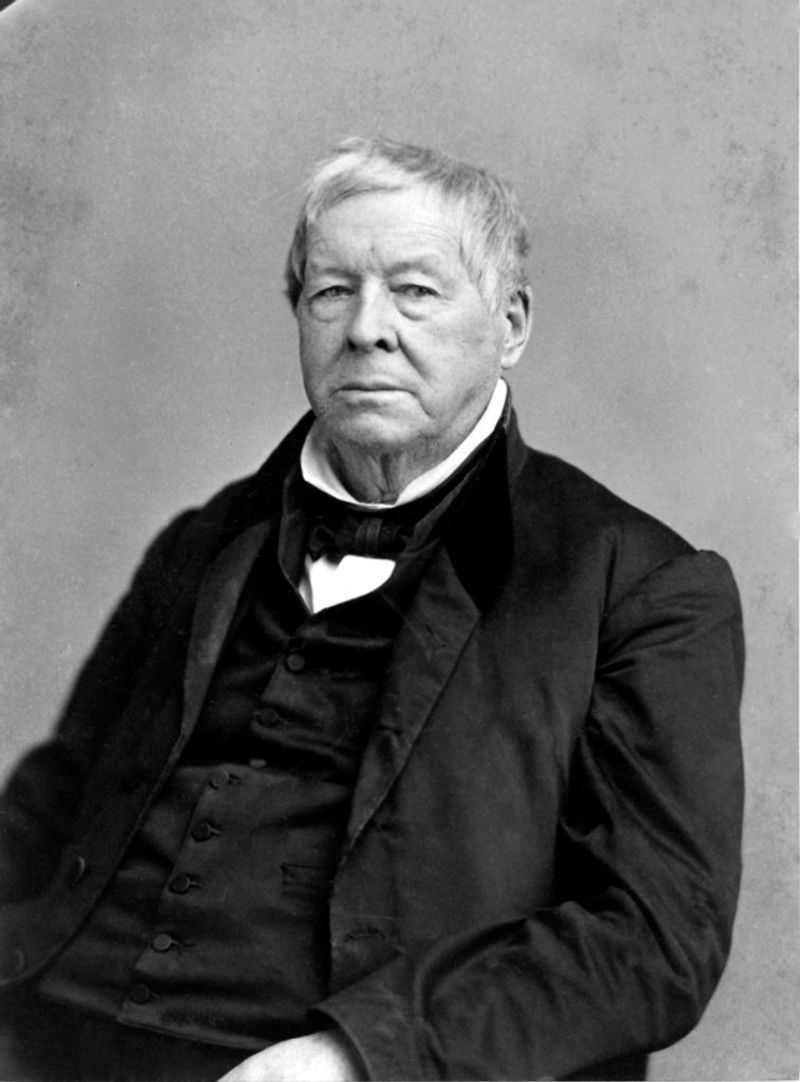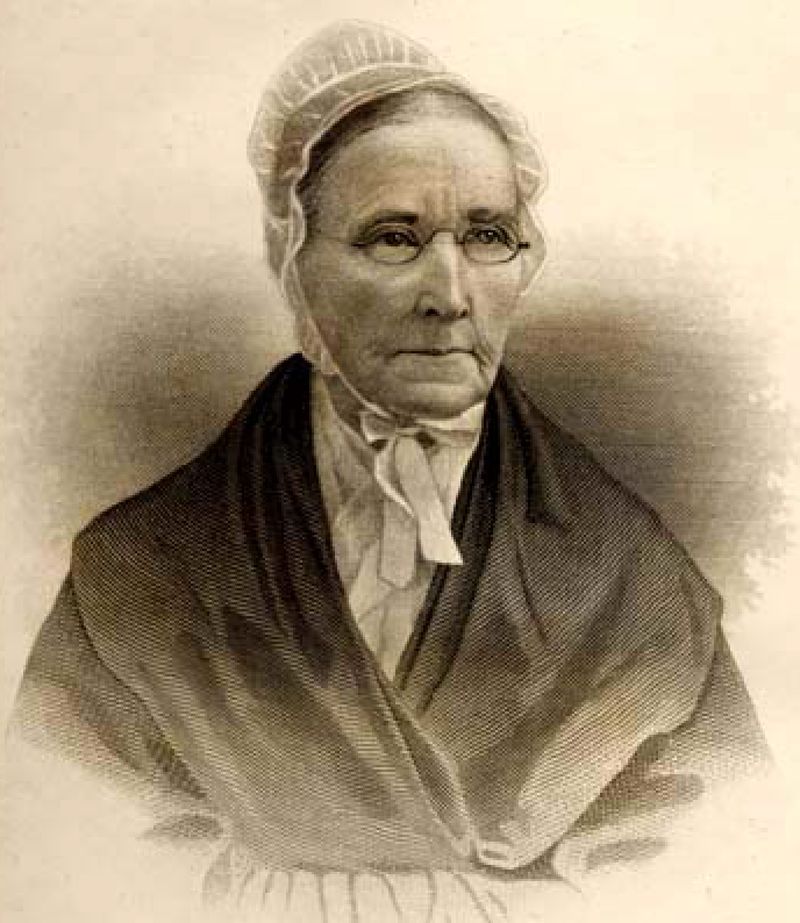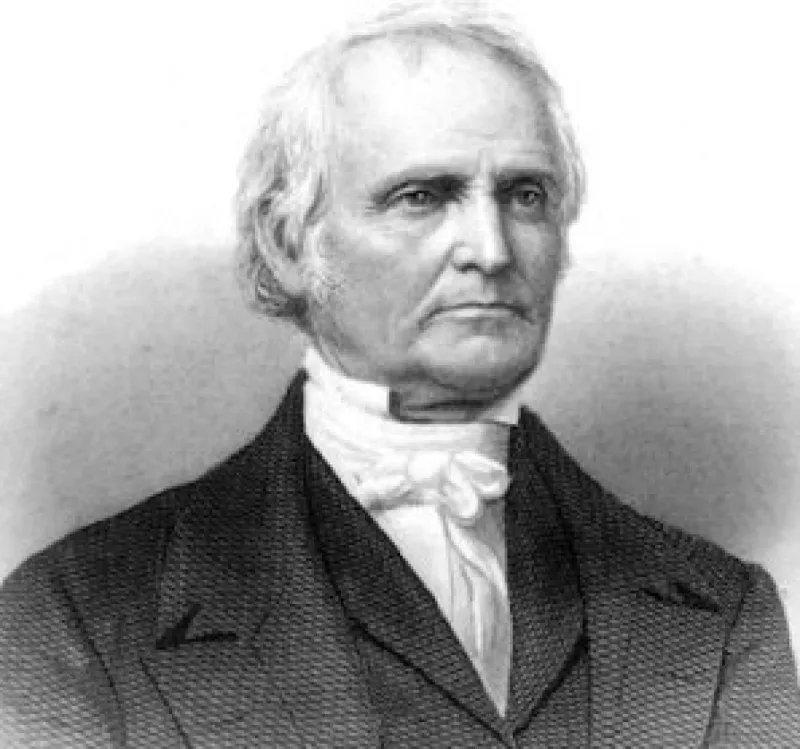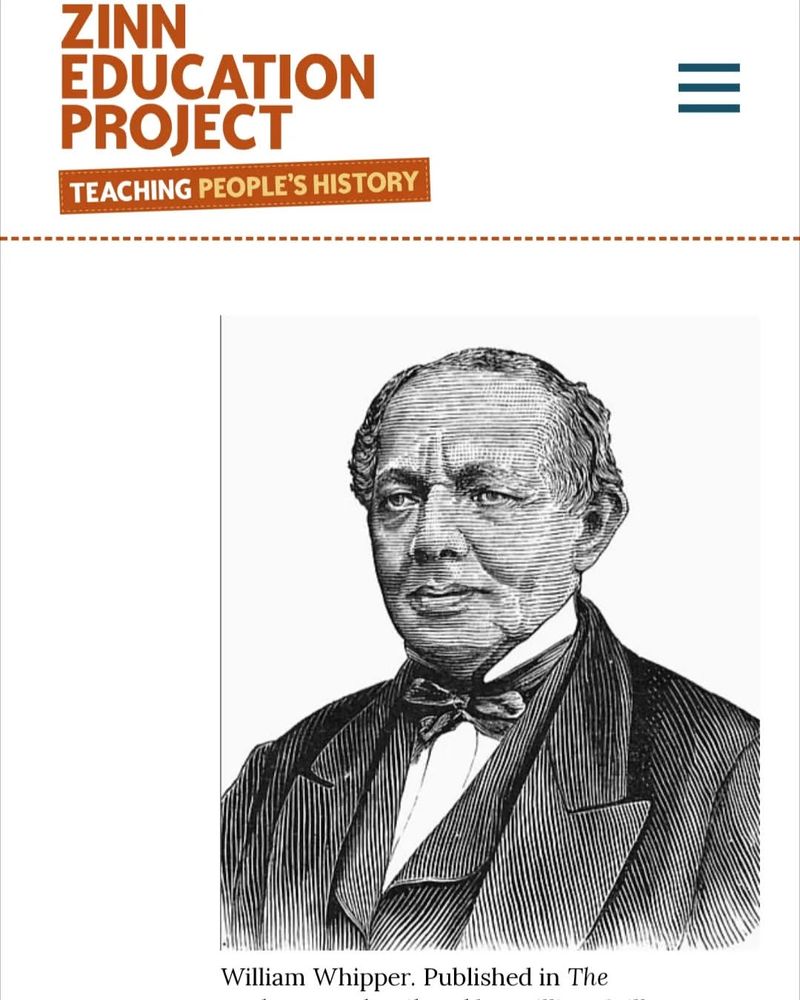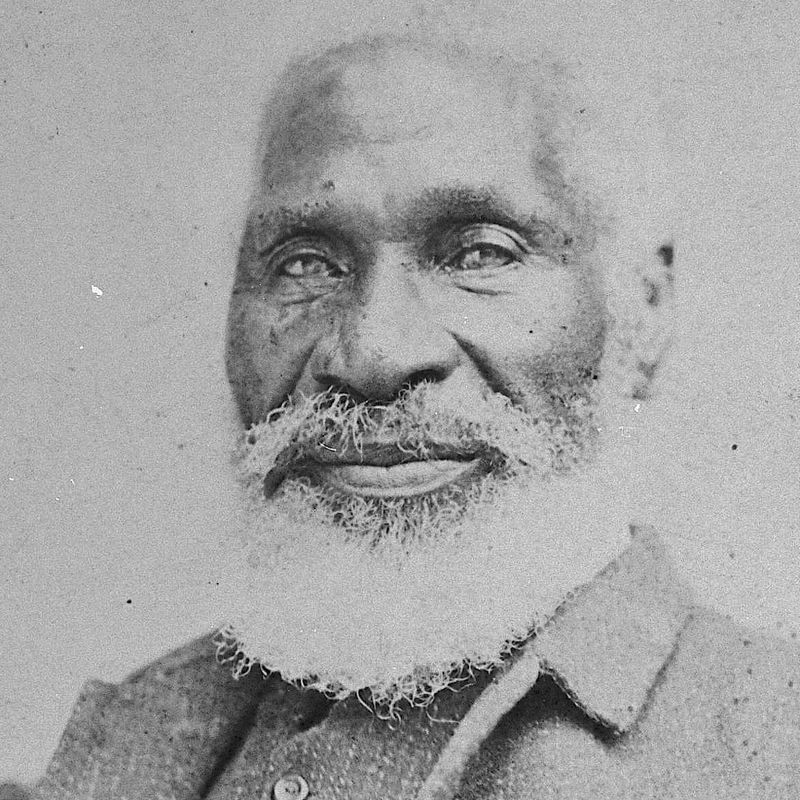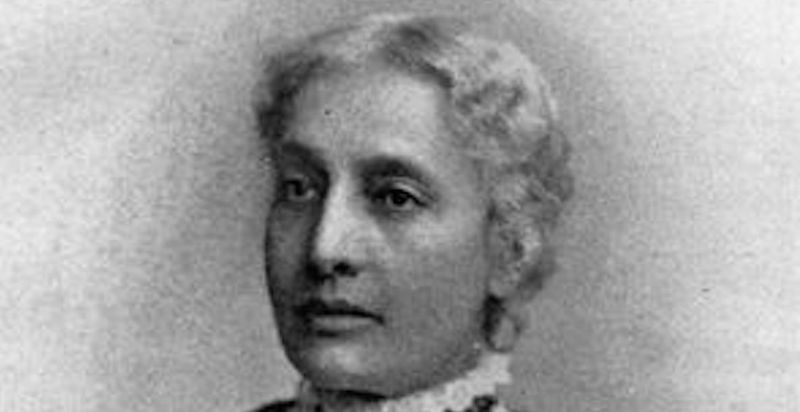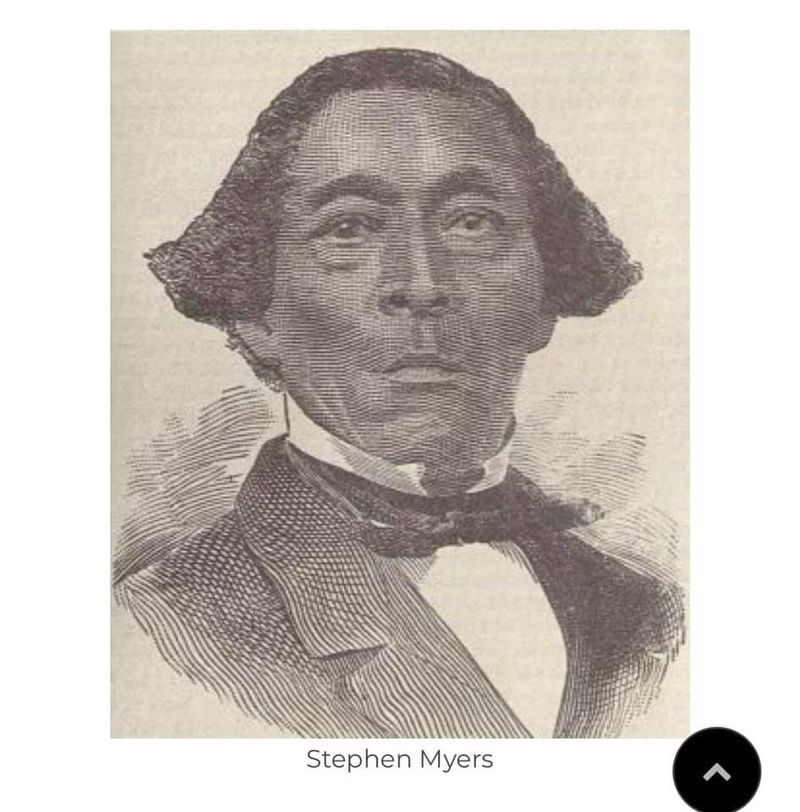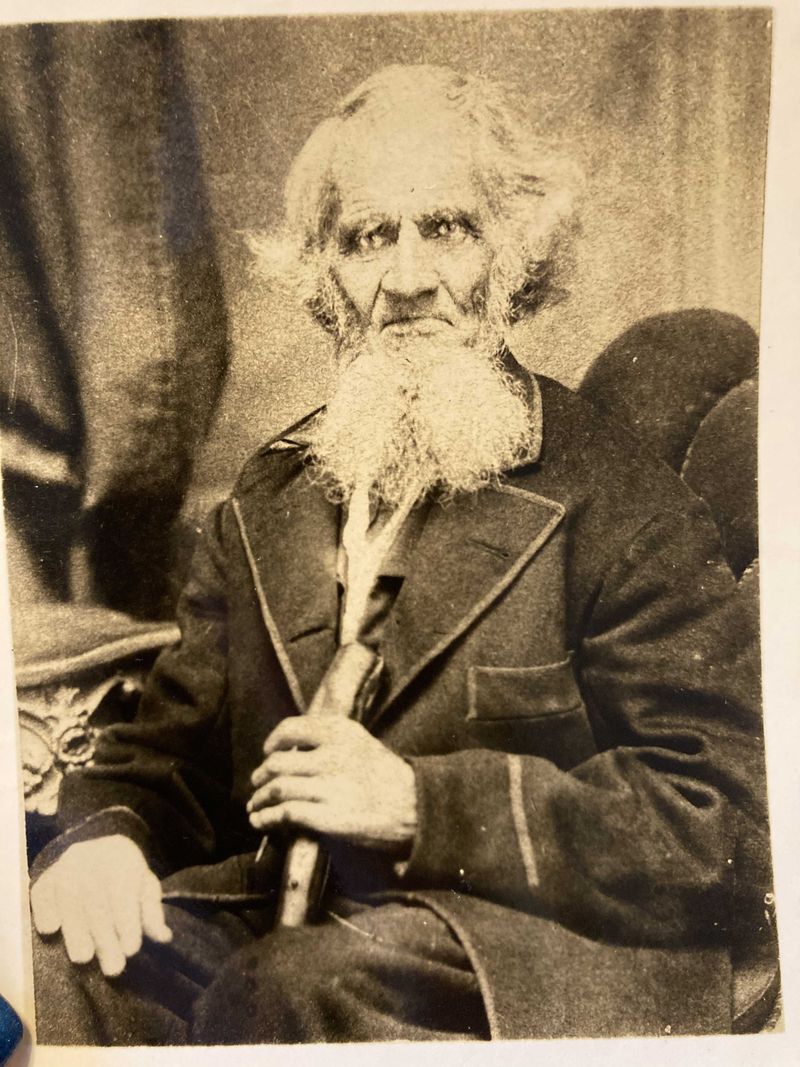The Underground Railroad was a lifeline for enslaved African Americans seeking freedom. While many are familiar with the prominent figures who made headlines, numerous unsung heroes played equally vital roles. This blog post highlights 20 individuals, featuring 7 well-known names and 13 lesser-known champions who significantly impacted the fight for freedom. Each of these 20 brave souls contributed uniquely to the Underground Railroad, risking their lives and sacrificing their comfort to defy an unjust system. Their stories are not just tales of bravery; they are reminders of the power of collective action and the strength of the human spirit.
1. Harriet Tubman
Harriet Tubman, famously known as the “Moses of her people,” carried out 13 perilous missions to rescue over 70 enslaved individuals. Her courage and strategic mind guided her safely through the treacherous landscapes of the South. Tubman’s legacy is one of unwavering determination and hope.
Her life was a beacon of courage, illuminating the path to freedom for many. The risks she took and the lives she saved are testaments to her enduring spirit. Her story continues to inspire generations.
Interestingly, Tubman also served as a spy during the Civil War, showcasing her multifaceted contributions to society.
2. Frederick Douglass
Frederick Douglass, an esteemed abolitionist leader, wielded the power of his voice and pen to support escape efforts. He tirelessly advocated for freedom, using his eloquence to sway public opinion and dismantle the institution of slavery.
Douglass’s writings and speeches were instrumental in rallying support for the abolitionist cause. His words resonated deeply, igniting fires of change across the nation. Douglass’s story is one of transformation from an enslaved man to a symbol of liberation.
A fun fact: Douglass was the most photographed American of the 19th century, using his image to challenge racial stereotypes.
3. William Still
Known as the “Father of the Underground Railroad,” William Still meticulously documented the stories of hundreds of escapees. His records provided crucial insights into the operations and success of the Underground Railroad.
Still’s dedication to preserving these narratives was a vital act of resistance against a system that sought to erase them. His work ensured that the courage and struggles of those who sought freedom would not be forgotten.
Interestingly, Still’s collection of narratives was published, giving the world an invaluable glimpse into the lives of those he assisted.
4. Levi Coffin
Levi Coffin, a white Quaker, earned the title “President of the Underground Railroad” by aiding thousands in their journey to freedom. His steadfast commitment and moral conviction made his home a sanctuary for those escaping bondage.
Coffin’s efforts were driven by his deep-seated belief in equality and justice. His strategic networking across states expanded the reach and safety of the Underground Railroad.
Did you know? Coffin’s home in Indiana is now a historic site, symbolizing the courage and collaboration that defined the movement.
5. Sojourner Truth
Sojourner Truth, an abolitionist and women’s rights activist, used her powerful oratory skills to help freedpeople find safety and assert their rights. Her speeches were poignant, blending personal experience with universal calls for justice.
Truth’s activism extended beyond abolition; she was a pioneering voice for women’s suffrage. Her fearless advocacy challenged societal norms and inspired countless others to join the fight for equality.
A notable moment: Truth spoke at the Ohio Women’s Rights Convention in 1851, delivering her famous “Ain’t I a Woman?” speech.
1. Robert Purvis
Robert Purvis, a wealthy Black abolitionist, was instrumental in funding and operating Underground Railroad stations in Philadelphia. His resources and leadership fortified the network of safe havens for freedom seekers.
Purvis’s influence extended beyond financial support; he was a fervent advocate who used his platform to rally others to the cause. His home became a meeting place for abolitionists, strategizing their next moves.
Interestingly, Purvis helped draft the “Appeal of Forty Thousand Citizens,” a groundbreaking document denouncing racial discrimination.
2. William Lambert
William Lambert, a Detroit activist, played a pivotal role in aiding over 1,000 freedom seekers to cross into Canada. His strategic mind and organizational skills were crucial to the success of operations in the bustling Midwest.
Lambert’s work was characterized by his innovative approaches, including the use of secret codes and signals to communicate plans. His efforts not only facilitated escapes but also built a resilient community of activists.
A fascinating tidbit: Lambert helped establish Detroit’s first Black newspaper, amplifying the voices of the oppressed.
3. Laura Smith Haviland
Laura Smith Haviland, a white Quaker, co-founded Michigan’s first anti-slavery society and provided shelter to escapees. Her compassionate nature and fierce resolve made her a formidable opponent of slavery.
Haviland’s home was a refuge, offering safety and comfort to those fleeing oppression. Her work extended into advocacy, where she lobbied tirelessly for abolitionist causes.
Did you know? Haviland was the only woman mentioned by name in the Fugitive Slave Act of 1850, highlighting her impact and the threat she posed to slaveholders.
4. John P. Parker
John P. Parker, a formerly enslaved man, risked his life guiding hundreds across the Ohio River. His daring exploits under the cover of night were legendary, embodying bravery and tenacity.
Parker’s life was a testament to the power of resilience and the human spirit. His actions not only saved lives but also inspired others to join the cause for freedom.
Interestingly, Parker was also an inventor, holding patents for several machines, showcasing his ingenuity and diverse talents.
5. Jermain Loguen
Jermain Loguen, a bishop, transformed his Syracuse home into a major hub for the Underground Railroad. His leadership and hospitality were vital in creating a welcoming refuge for those fleeing slavery.
Loguen’s commitment to justice was unwavering, and his home became a symbol of hope and resistance. His efforts extended beyond shelter, as he advocated for abolition and equal rights with passionate fervor.
A notable fact: Loguen was one of the few African Americans to hold a bishopric in the AME Zion Church, highlighting his influence and reach.
6. Mary Ann Shadd Cary
Mary Ann Shadd Cary, the first Black female newspaper editor in North America, played a crucial role in assisting refugees in Canada. Her newspaper, The Provincial Freeman, was a beacon of information and empowerment.
Cary’s work transcended journalism; she was a teacher, lawyer, and activist dedicated to uplifting the Black community. Her life’s mission was to educate and empower others to fight for their rights.
Did you know? Cary was one of the first Black women to earn a law degree in the United States, breaking barriers and setting precedents.
7. Thomas Garrett
Thomas Garrett, a white stationmaster, assisted over 2,500 freedom seekers in Delaware. His unwavering dedication made him a linchpin in the Underground Railroad network.
Garrett’s compassion and generosity were legendary, as he provided resources and guidance to those in peril. His home was a sanctuary of hope and courage.
An interesting fact: Garrett was fined heavily for his activities but remained undeterred, famously saying, “I will go on with my work, even if it costs me everything.”
8. Lewis Hayden
Lewis Hayden, an escaped slave turned activist, transformed his Boston home into a safe house. His strategic mind and commitment to freedom were pivotal in shielding escapees from capture.
Hayden’s resilience and courage became a rallying point for the abolitionist community. His actions exemplified the power of individual impact within the broader struggle for emancipation.
Did you know? Hayden once filled his house with explosives, declaring he would rather blow it up than let it be searched by slave catchers.
9. Catherine Coffin
Catherine Coffin, Levi Coffin’s wife, played a crucial role in their Underground Railroad operations. Her nurturing presence and organizational skills ensured the safe passage of countless individuals.
Catherine’s contributions were often behind the scenes but no less vital. She provided comfort and sustenance, making their home a beacon of hope.
Interestingly, Catherine’s work was so impactful that many escapees credited her as their “mother” during their journey to freedom.
10. John Rankin
John Rankin, a white minister, used his Ohio home as a beacon for escapees crossing the river. His leadership and courage made him a prominent figure in the abolitionist movement.
Rankin’s home, with its well-placed lanterns, guided many to safety, symbolizing hope and freedom. His steadfast moral compass inspired others to take action against slavery.
Did you know? Rankin’s house was said to have inspired Harriet Beecher Stowe when she wrote “Uncle Tom’s Cabin,” highlighting his influence on popular culture.
11. William Whipper
William Whipper, a Black businessman, used his lumber company to hide freedom seekers in railcars. His ingenuity and resourcefulness made him a key player in the Underground Railroad.
Whipper’s business acumen was matched by his commitment to justice, using his resources to subvert the very system that oppressed him.
An interesting tidbit: Whipper was a proponent of non-violence and temperance, advocating for peaceful resistance in the fight for equality.
12. Josiah Henson
Josiah Henson escaped slavery and founded a Canadian settlement for formerly enslaved people. His visionary leadership and resilience inspired hope and new beginnings.
Henson’s life story is a testament to the transformative power of freedom. His settlement became a model of self-sufficiency and empowerment.
Did you know? Henson’s autobiography inspired the character of Uncle Tom in Harriet Beecher Stowe’s “Uncle Tom’s Cabin,” linking personal narrative to popular literature.
13. Harriet Forten Purvis
Harriet Forten Purvis, Robert Purvis’ wife, co-founded the Philadelphia Female Anti-Slavery Society. Her leadership and advocacy were instrumental in mobilizing women to join the abolitionist movement.
Purvis’s commitment to justice extended beyond her organizational work; she was a powerful orator who inspired others to take action.
Interestingly, the society she co-founded was one of the first to advocate for the rights of women and African Americans simultaneously, breaking new ground in the fight for equality.
14. Stephen Myers
Stephen Myers, a journalist and activist, ran Underground Railroad operations in Albany, NY. His leadership and communication skills were vital in spreading the abolitionist message.
Myers’s newspaper, “The Northern Star,” became a mouthpiece for the movement, advocating for justice and equality.
Did you know? Myers was also involved in the Vigilance Committee, working to protect free blacks and fugitive slaves from capture and persecution.
15. Zebulon Strong
Zebulon Strong, a little-known conductor, helped hundreds flee through Connecticut. His quiet determination and strategic acumen made him an unsung hero of the Underground Railroad.
Strong’s work was characterized by his ability to navigate difficult terrain, ensuring the safe passage of many. His actions were marked by bravery and selflessness.
An interesting fact: Despite the risks, Strong continued his work without seeking recognition, embodying the spirit of countless unnamed heroes who fought for freedom.
